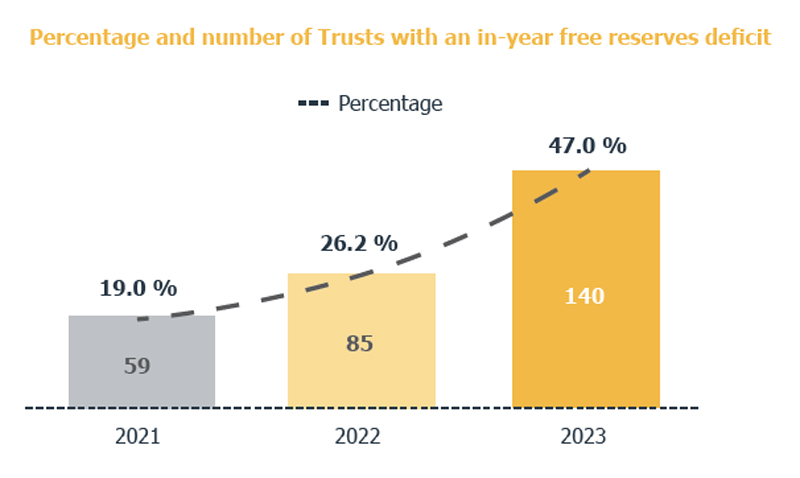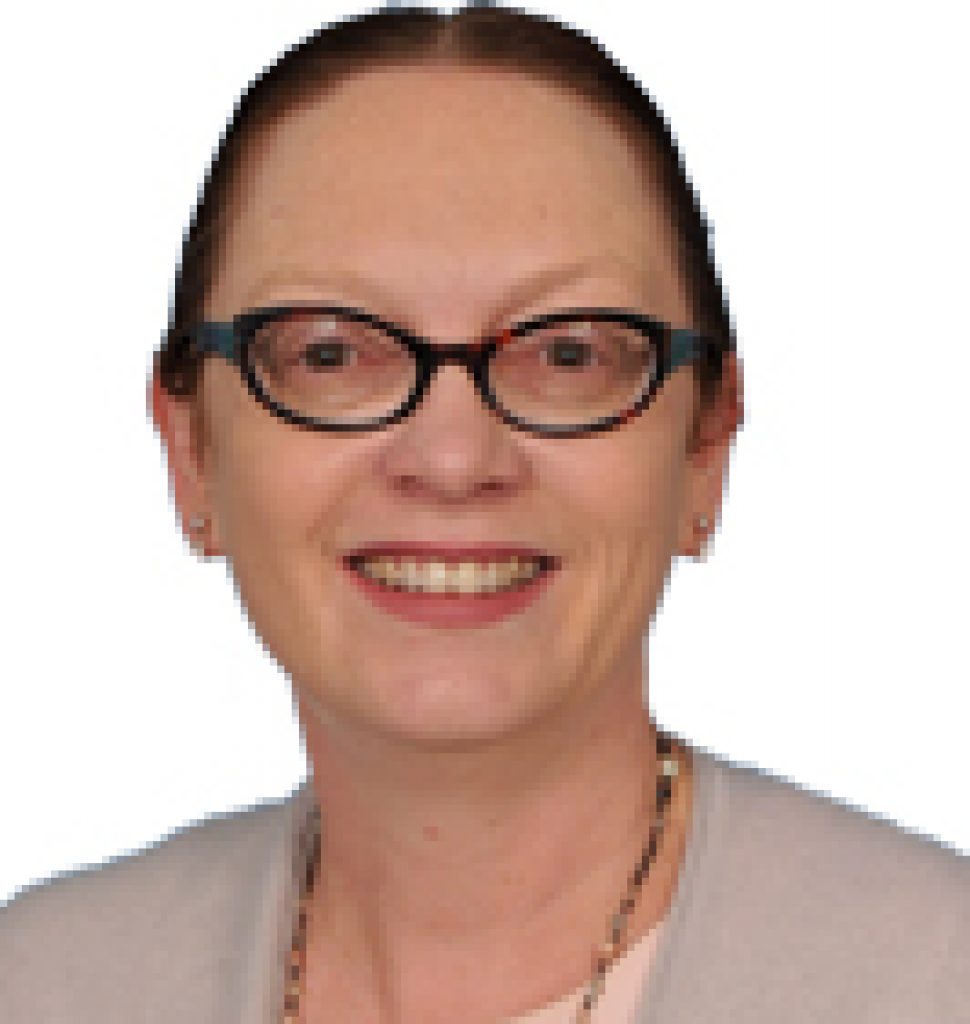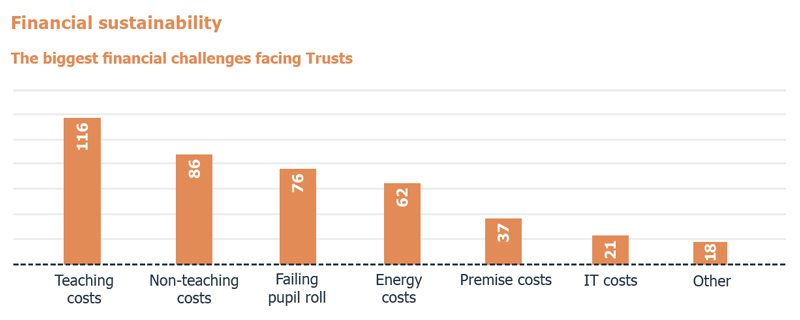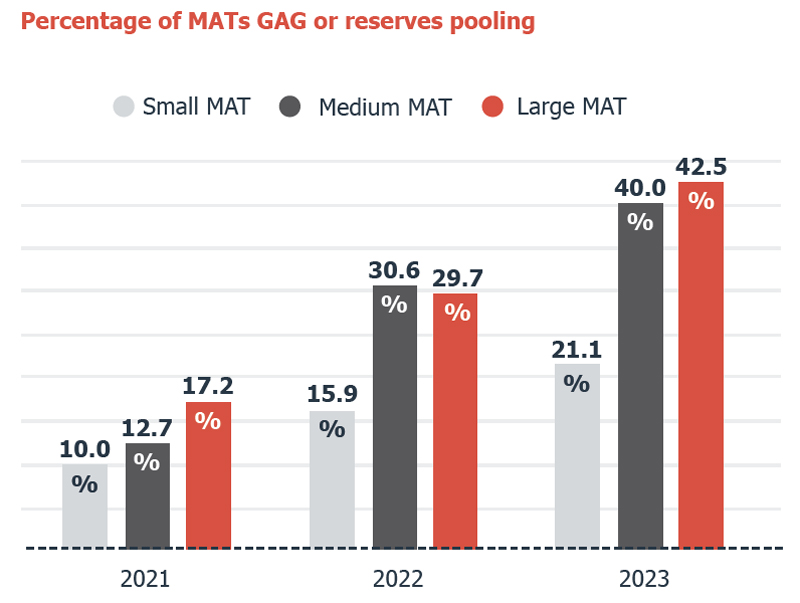Almost half of MATs had to dip into their reserves after racking up deficits – as auditors warn trusts are “one bad year away from financial difficulties”.
The Kreston group, a network of accountancy firms, has published its latest academies benchmark report, which studies the accounts of just under 300 trusts.

It found energy bills have pushed up costs, resulting in more MATs centralising their services and raiding reserves.
But Kevin Connor, head of academies at accountants Bishop Fleming, said it was only unplanned, one-off government grants that had “kept the wolves from the door and ensured many avoided slipping into deficit”.
“Trusts don’t know what additional income streams they will receive from one year to the next. This all leads to a sense of impending financial doom in the sector with the result that any decisions around investment are fraught with risk. ”
This is what you need to know…
1. Deficits rise as schools play ‘wait-and-see’ funding game
The report reveals that 47 per cent (140) of trusts reported in-year deficits in 2022-23. This is up from 19 per cent in 2021.
Although on average, all trusts – aside from primary single-academy trusts (SATs) – are still making small surpluses.
However the report notes that for many “in-year deficits have been avoided due to unexpected income streams”, namely the mainstream schools additional grant and the schools supplementary grant.
Without this almost all trusts would have made in-year deficits, the report stated.

“It is the extra bits of funding that make the difference between financial stability and rapidly depleting reserves – and it is the uncertainty over this type of funding that makes planning so difficult for the sector.”
Due to this, most trusts have “been playing a wait-and-see game, not wanting to be the first… to make significant cuts when there has been a trend that additional funding is available to the sector after the budgets have been set”.
Leora Cruddas CBE, chief executive of the Confederation of school Trusts, backed calls for a “longer notice period for funding decisions to enable good strategic planning. It is essential that the next government addresses this.”
Even with this added cash, the percentage of trusts with cumulative deficits has increased from 0.6 per cent to 1.7 per cent since 2022.
Three quarters of those surveyed for the report also said their reserves would be either lower or they would have entirely run out in the next three years.
2. ‘One bad year’ from financial issues
ESFA guidance, issued in November, showed it is likely to launch enquiries into MATs and SATs where reserves are below 5 per cent of total income or over 20 per cent.

Those with high levels of reserves can allocate cash for future projects to avoid government scrutiny. The level of these designated funds “increased by over 20 per cent in the year”, the report said, with 100 of 160 trusts surveyed saying it increased.
“This is clearly an approach to reserves and investment planning that is becoming more widespread – and should be encouraged.”
However, 17.5 per cent of trusts said free reserves were below their reserves policy.
“This would suggest that there are not a lot of surplus funds for most trusts, even though the aggregate free reserve for the sector as a whole is a very sizeable number,” it added.
“For most trusts, they must maintain tight financial discipline as they are only one bad year away from financial difficulties.”
Benedicte Yue, chief financial officer, River Learning Trust added most trusts “have done everything that the government has suggested to control costs … the simple fact is that costs are increasing faster than funding and schools are constantly asked to do more with less.”
3. Spiralling energy costs …
Over half of respondents to Kreston’s survey identified heating and lighting payments as one of their biggest financial challenges, increasing by on average around 50 per cent against the prior year.
“When we produced last year’s report, we were aware that many trusts were coming to the end of their energy contracts, and it was this current year where we would see the main impact of the higher energy costs.”
Primary SATs were worst hit, with energy bills rising 56 per cent to £131/pupil. Small and large MATs witnessed increases of 49 per cent, to £139/pupil and £152/pupil respectively.
4. … but teacher pay rises managed
Of 137 responses to the survey, 128 (93 per cent) indicated teaching costs was their biggest financial challenge. Despite this, staff expenditure “as a percentage of total costs has reduced”.
“[They] have been kept under control, with increases effectively limited to the pay reviews in the year. Staff costs as a percentage of total costs has fallen… by between 3.2 per cent and 1.1 per cent.”

Meanwhile, most MATs reported increases to supply staff costs. The report said large chains managed this “better with a 9.7 per cent increase, compared to… 20 per cent for small MATs”.
It warned that trusts “need to be flexible” and consider alternatives to supply agencies when covering absences and vacancies. MATs may be able to “manage this to suit their own needs by employing their own supply staff, often at a lower cost”.
“Both primary and secondary SATs have seen a small decrease, possibly due to budgetary pressures affecting [them] more severely. If you don’t have the money, then you are more likely to save the supply cost and make do with the staff that you have – even if they are not ideally suited to provide the cover needed.”
5. More MATs now pooling cash
Kreston’s data show almost a third (32 per cent) of MATs are pooling their income, reserves or both. The figure was 23 per cent in 2022.

The report said: “The jump in popularity of pooling can be seen in both small and large MATs, with over 40 per cent of large MATs now pooling”.
Among those that take a percentage slice from school budgets to fund central services, rates vary from 5.4 per cent in large MATs to 7.4 per cent in small chains.
Kreston believes this suggests that “synergies are being achieved as trusts grow”.
6. More centralisation too (and those trusts better off)
Sixty-one per cent have fully centralised functions – like HR and finance and estates management – across their schools. This compares to 55 per cent the year before.
Kreston added “that many are focused on moving towards” this, so it is “little surprise only 2 per cent are fully decentralised”.
More than 68 per cent of large MATs have brought all services in-house. Almost 64 per cent of small MATs have done the same, while only half of medium-sized trusts are fully centralised.
“Small trusts centralise as it is relatively easy to do so with a smaller team, and large trusts do this as they have become more sophisticated and centralising is important to maintain control over a big organisation,” the report explained.
“However, medium trusts appear to struggle more which could be to do with growing pains and the introduction of extra layers of management.”
According to Kreston’s analysis fully centralised MATs were also better off. Their free reserves came to £742/pupil, while the figures for those employing a mixed or entirely decentralised models were £691/pupil and £434/pupil respectively.
Connor said: “The sector is starting to embrace centralisation more because of those financial pressures.
“There’s certainly a level of concern within senior levels of trusts. When we see trusts budget out for two to three years, we see quite bleak results forecast.”
7. ‘Trusts should plan for falling rolls now’
Projections suggest pupil numbers will fall by 802,000 by 2032. The crisis, caused in large part by a national birth rate dip, is already impacting primary schools across England.
But the report warned that secondaries with large estates “will need to consider how to cover their costs as they mothball classrooms, reduce their admission numbers and revise their curriculum and class structures. With a lead time of between 12 and 36 months for these structural changes, trusts should be looking at this now.”
Kreston expects to “see the number of MATs becoming fully centralised increase… to identify financial efficiencies”.
#trusts #raid #reserves #meet #rising #costs




More Stories
Six in Ten Black Single Mothers Will Vote For Candidates Who Support School Choice – NJ Education Report
Abraham Lincoln: Fun Facts, Biography, and More
FAFSA delays are leaving students in limbo. California campuses don’t expect help